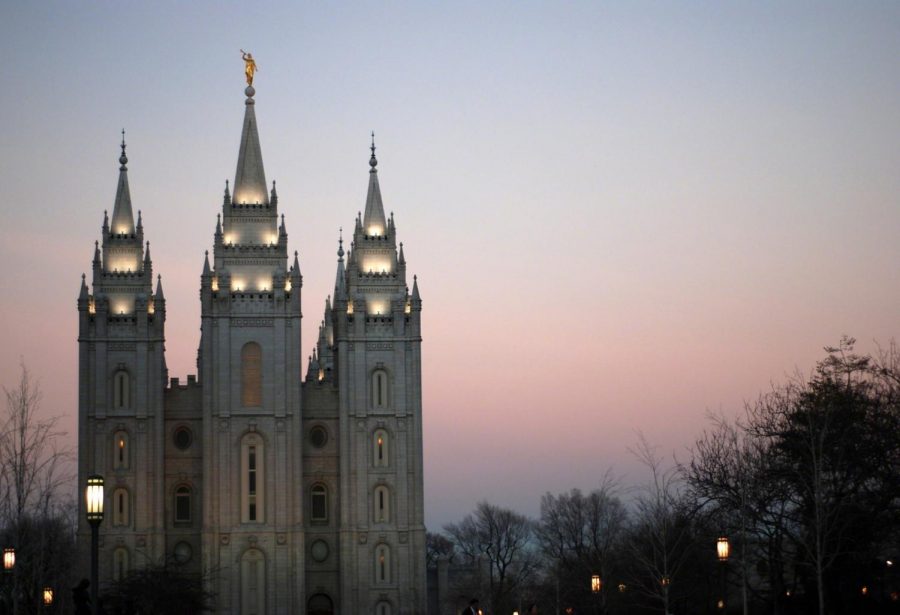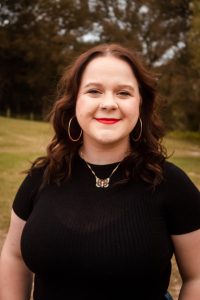Women in the LDS Church Applaud Recent Changes, Hope For More
October 27, 2019
On Oct. 2, the Church of Jesus Christ of Jesus Christ Latter-Day Saints announced changes to their requirements for witnesses of priesthood ordinances, who serve to ensure that ordinances are legitimate and performed correctly. Women can now serve as witnesses for temple ordinances, and every baptized member can serve as a witness for baptisms. These actions were previously only allowed to be performed by men.
“Nobody expected this change, but we expect changes to happen,” said Tiffany Nash, a sophomore civil engineering major and member of the Church.
Response to the change was generally positive, especially among women.
“I wish it had happened a bit sooner, but it’s really awesome that we can do it now,” said Katie Smith. She wished that she could have participated as a witness while she served a mission for the Church.
Ajia Moore, a sophomore studying criminology and political science, was especially happy when she learned the news. It meant a lot to her personally.
“It was something that I had previously questioned, why a person must hold the priesthood in order to be a witness, and this change told me that you don’t need to hold the priesthood to be a witness,” she said. “It was an answer to a question.”
Some members think that the church is getting more progressive and inclusive in its policies and that this policy change is just another step in the right direction.
“God’s giving us more priesthood power and authority,” said Lindsay Porter, a freshman studying kinesiology.
Moore said that she feels like more college-aged female members struggle with the fact that women lack a certain degree of authority within the church. She also felt that being raised in a patriarchal society prevented many from recognizing that the church restricts the voice of women in the first place.
“While I love my religion, it’s hard that women do not have the same power in the church as men, and that all worldwide policy decisions are made by men,” Moore said. “It would just be nice to at least feel as if the leaders consulted women more often in making policy.”
In the most recent General Conference, a semiannual meeting where members hear from their highest leaders, President of the Church Russel M. Nelson even acknowledged this feeling.
“It grieves me to think that any of you have felt marginalized … I feel deep sorrow that any of you have felt sidelined, disrespected or misjudged. Such offenses have no place in the kingdom of God,” he said, specifically addressing the women.
Nash said another change that she would like to see would be women getting the opportunity to choose to serve a two-year Church mission. Currently, women are limited to 18 months in the mission field, while men serve 2 years.
Moore said she would love to see more women speaking in General Conference also. Out of the 35 speakers in this Oct. Conference, only five were women.
“I feel that if this discussion continues, then we will find more ways to make women more equal to men in the church, even if women are not ordained to the priesthood,” Moore said.








